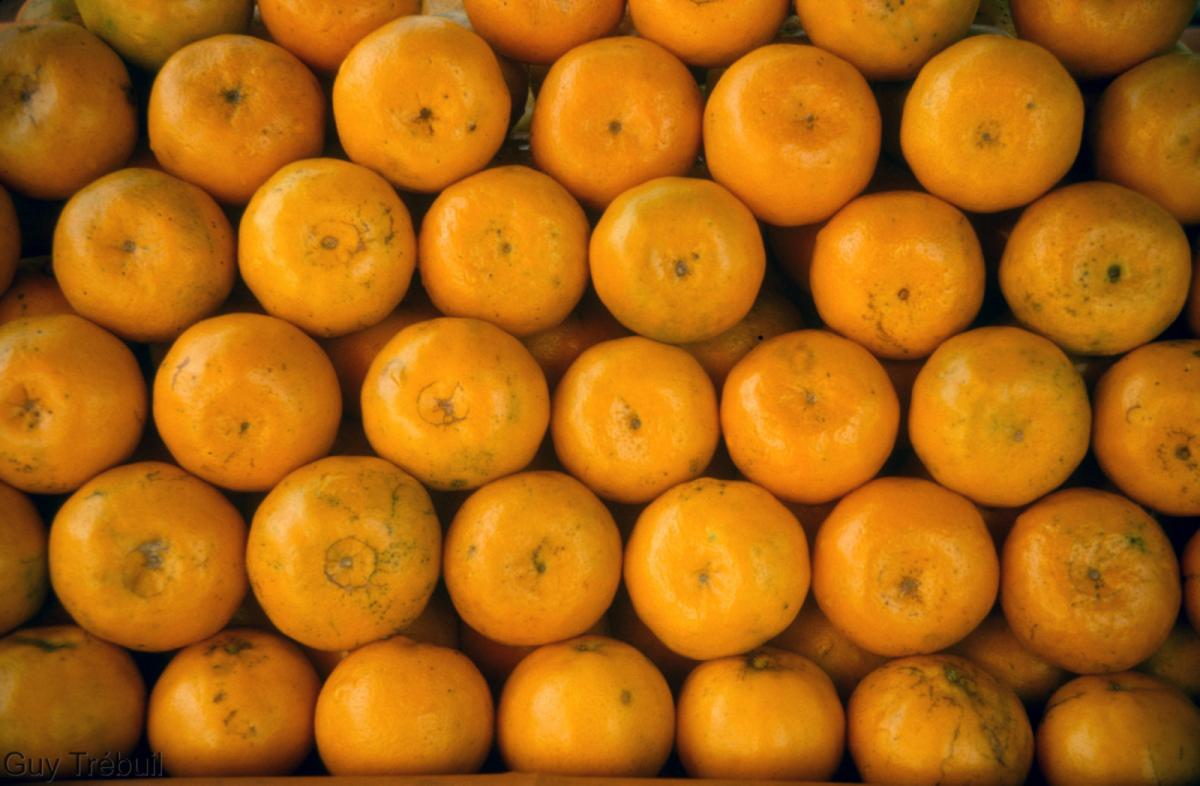Event 22 December 2025
- Home
- Press area
- Press releases
- transparency international citrus trade
Stakeholders in the highly competitive citrus market are pulling together at the international level to ensure the sustainability of the sector

With international trade estimated at 13 million tonnes in 2018, the citrus market is the world’s second largest market for fruit, just after bananas. While production is gaining momentum, market growth dynamics remain slow. Only the North American countries and some Asian countries have seen demand increase over the last five years. Given the socio-economic importance of the industry for many countries, market saturation could prove disastrous.
In order to remedy this situation, on 5 November WCO brought together stakeholders around two key issues: ensuring transparency between producing countries on international trade in citrus fruits; and boosting markets by promoting products to consumers. In its role as WCO’s Technical Secretariat, CIRAD contributed to the event, which, for this ultra-competitive industry, is a world first.
Improving transparency between stakeholders in the industry to avoid market saturation
The first objective set by WCO concerns crop forecasting at the global level. CIRAD is thus mandated to analyse markets and international trade twice a year.
“If we want to avoid the markets becoming saturated, then producers need information about the volumes being traded, where and by whom, etc. ”, says Eric Imbert, a researcher at CIRAD and a specialist in supply chain economics. “This enables them to identify the potential outlets for their products, and therefore to make the right decisions when they choose a particular variety, for example ”.
Indeed, at the local level, many citrus sector stakeholders are not well-informed about the current context. The orange market, for example, accounts for almost half of all citrus fruits traded at the international level, with slowing growth in demand over the last five years. Production is nevertheless booming in several countries, such as Egypt and Turkey, thereby increasing competitive pressure and potentially driving down prices.
Promoting citrus fruits to consumers
The fledgling WCO, created in February in Berlin at the FruitLogistica international trade fair, also aims to address consumer dynamics.
In particular, the promotion of avocados in the United States is a textbook case. A fruit avoided by consumers 10 years ago because it was considered to be fatty, avocados are now seen as having health benefits. The high vitamin and micronutrient contents of citrus fruits thus represent a potential that can be exploited.
“The COVID-19 crisis has had a positive impact on sales volumes for the industry ”, says Eric Imbert. “Consumers are increasingly turning to healthy diets, and citrus fruits benefit from a good image in this respect. This should be encouraged ”.



























